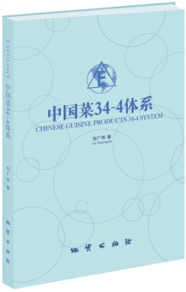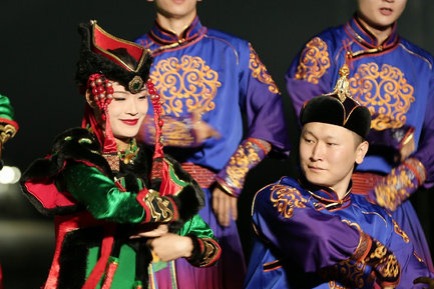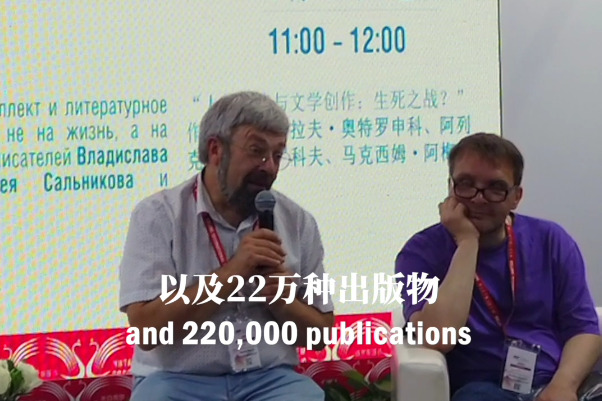Classifying cuisine


"China's diverse landscapes generate Chinese food's diversity, and its various cooking techniques, flavors and dishes," he says.
"We named the genres according to the ancient names of their respective places of origin, since they took shape centuries ago."
The third tier-school-is determined by chefs and apprentices.
"Chinese cuisine has different schools like Peking Opera," Liu says.
Each school in Liu's Chinese Cuisine Products 34-4 System must have at least 10 signature dishes created using unique cooking styles and have been passed down for at least three generations.
The fourth tier is dishes, for which Liu created the 19-digit IDs.
"The 19 digits respectively represent space, cooking techniques, main ingredients, skills, sense, time, consumer, ethnic group and season," Liu explains.
"For example, the 19th number represents season-spring, summer, autumn or winter."
The editors of Cooking Artist, published by the Beijing Easteat Research Institute, sent a research team to travel around China to verify information about genres and schools for the book.
The first part of Liu's new book focuses on Chinese cuisine's different orientations with a collection of his earlier essays examining space, time, structure and consumer.
The second part introduces the geography, economies, culinary histories and representative dishes of the 34 provincial-level administrations in 34 chapters.
"I identify 92 genres and exemplify 308 major schools in the book," Liu says.
"The diversity and complexity within each cuisine means there are also many sub-genres that need more research."
Liu's system respectively examines cuisine, genre, school and dish, but he doesn't list all of the schools. He believes more data will improve the system, since he doesn't yet have all the information on the schools. For instance, if two chefs create the same dish, that's currently tallied as two dishes.
"There's a lot of work yet to be done in classifying dishes," he says.
"This will require more in-depth research."





































